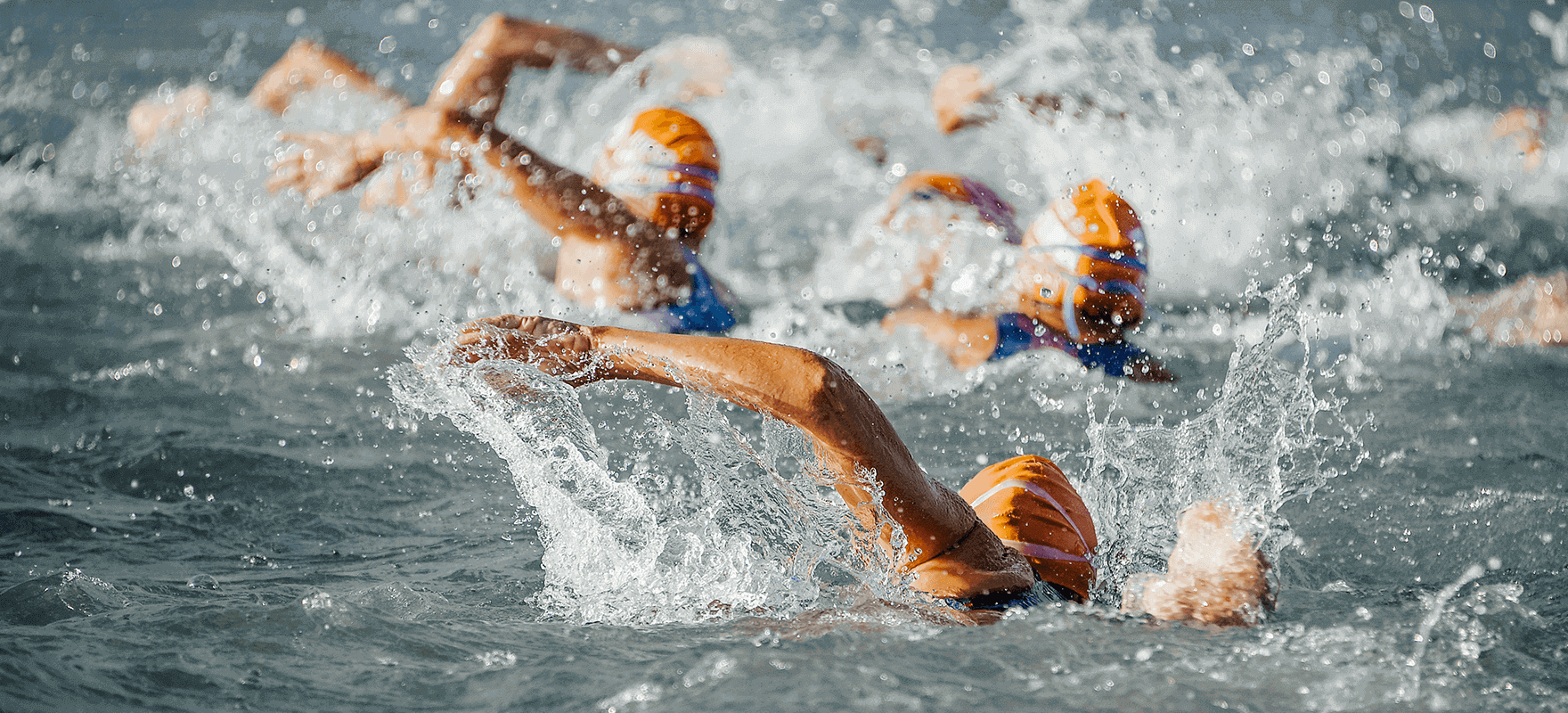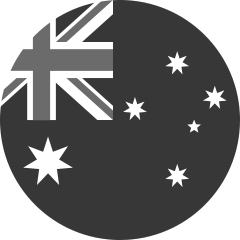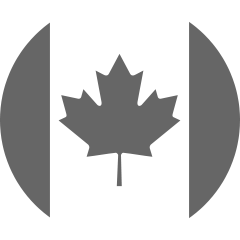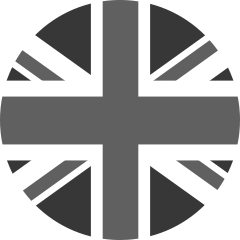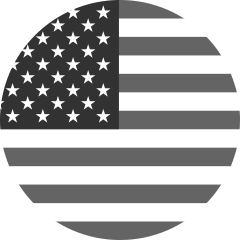Training for a Sprint Triathlon: Swimming Tips to Get You Race-Ready
If you’re thinking about racing in a sprint triathlon, you already know it means becoming proficient in three athletic disciplines. But when it comes to training for a sprint triathlon, swimming is arguably the most important skill to refine.
As humans, being in water is unnatural for us. This means becoming a confident swimmer begins with an added dimension of challenge over cycling and running.
So, if you’re not comfortable being in the water, it’s all too easy to swim inefficiently and burn precious energy in the process.
And during a triathlon, making sure you come out of the water with enough energy reserved for your bike ride and run is your key to reaching the finish line.
This article will take you through everything you need to know to make sure your sprint triathlon swim training has you ready to go on race day.
Sprint Triathlon Swim Training Goals
Having milestones and goals when you start your sprint triathlon swim training will help you stay motivated and on track while giving you a way to measure your progress.
But when you’re getting ready for a sprint triathlon, there’s a common misconception that your goal should be to push the fastest pace possible in the pool.
In reality, speed shouldn’t be your biggest priority yet. There are other goals to strive for that will help you progress faster and more efficiently.
With that being said, though, there are cut-off times that you need to meet during each leg of your race. The distance of your sprint triathlon swim is 750 metres and the cut-off time is 30 minutes from when you enter the water, so you’ll need to be able to cover that distance in that time—a maximum pace of four minutes per 100 metres.
Feeling Comfortable and Confident
Being in the water is an unnatural feeling at first. Getting used to being, moving, and breathing in water is the most fundamental part of your sprint triathlon swim training.
Focusing on Consistency
Becoming a better swimmer is a matter of showing up and staying the course. This will help you develop your swimming fitness, which also benefits both your bike and your run. While you’re training for a sprint triathlon, swimming consistently is essential to being ready for the race.
Mastering the Basics
When you start your sprint triathlon swim training, think about it from this perspective: go slow to go fast. Focus on fine-tuning the basics of your strokes and breathing. No matter how fit or strong you become, you’ll eventually plateau if you haven’t mastered your technique and efficiency.
How Long You Should Train for a Sprint Triathlon
Once you’ve registered for your sprint triathlon, your first question is most likely how much time it will take you to prepare.
Sprint triathlon training plans are typically four, eight, or twelve weeks in duration--but you can take as long as you need to get comfortable and confident in the water. If it’s your first race, more training time is never a bad thing.
Within your sprint triathlon training plan, you should expect to swim at least twice per week to get you ready for the race.
And there’s an important thing to keep in mind: your goal should be to train for your 750-metre swim, not to train to it. That means you should aim to swim further than your race distance regularly so that 750 metres feels easy by comparison come race day.
Essential Sprint Triathlon Swim Training Equipment
Your sprint triathlon swim training plan will require some essential equipment. Before you head to the pool, take a look through this checklist of gear.
Goggles
This may seem like a given, but finding the right goggles can make or break your sprint triathlon swim training—and your race.
High-quality goggles will fit your face optimally to avoid leaks, which can be distracting and frustrating, slowing you down as a result.
Fins
Your sprint triathlon swim training plan may call for fins. These are used to help build your leg strength and make your swim kicks more efficient.
Kickboard
Much like fins, kickboards are used to isolate your legs during your sprint triathlon swim training. They allow your arms to be buoyant and stationary so that you’re swimming exclusively with the power of your legs.
Pull buoy
Offering the opposite effect of a kickboard, pull buoys take your legs out of the equation and allow you to strengthen your vital upper body muscles. This is especially important for triathletes because you’ll need to save your leg strength for the bike and run portions of your race.
Paddles
Hand paddles help strengthen your upper body strength by stopping the flow of water through your fingers, in turn allowing you to perform your arm pull with more power.
Swimsuit
Wearing a swimsuit that’s too loose can add extra drag, in turn making your sprint triathlon swim training even more challenging. The right swimwear will reduce drag and allow you to be more streamlined in the water.
Wetsuit and Buoy for Open Water
If you plan to train in open water before your sprint triathlon, you’ll need a buoy to ensure you’re visible to others. And if you’ll be training and racing in water that’s cooler than 24.6°C/76.28°F, you’ll also have the option to wear a wetsuit. We strongly recommend this--the cold can be an added challenge, and a wetsuit also assists with your buoyancy.
Decoding Your Swim Training Plan
At a glance, looking at your swim training plan can feel a bit overwhelming if you’ve never followed one before. But it’s simpler than it seems once you understand all the components.
Workout Structure
Swimming workouts are generally made up of sets and intervals: warm-ups, main sets, and cool-downs. A set is a group of intervals and a swim workout is broken down into a combination of these sets and intervals that are separated by prescribed rest. Your training plan will tell you how many metres to swim, how fast to swim them, and how long to break between each.
Drills
While it might intuitively feel like you should jump in the pool and try to swim 750 metres in one go, you’ll actually benefit much more from training with drills.
Working through drills helps you isolate and strengthen specific key muscle groups and to hone in on specific techniques and aspects of your stroke. They also vary in intensity, with some focusing on sprints, others focusing on endurance, and a few focusing on recovery—all with the goal of making you a stronger and more well-rounded swimmer.
For example, the Catch-up Drill and the 6-Kick Switch drill are a great place to start. And if you’re looking for more instructions for how to do these drills properly, FORM Swim has a Drill YouTube playlist that offers a step-by-step breakdown for you to follow.
Common Swim Training Challenges
One of the main challenges with swim training versus cycling and running is that, since your primary tracking mechanism—your watch—is on your wrist, it can be hard to keep track of how far you’ve swum, how fast you’re going, and what drills and distances you need to do next.
FORM goggles were designed to put real-time metrics, data, and drills front and centre during your workouts to take the guesswork out of your sprint triathlon swim training. You can also learn a lot from your swimming analytics and apply those lessons to future workouts.
Swim Training Lingo
When you look at your sprint triathlon swim training plan, you’ll find a number of different terms you’ll need to understand. Here’s a quick cheat sheet.
- UP: Warm-up
- MS: Main set
- WD: Warm-down
- OW: Open-water
- DR: Drill
- FR: Freestyle
- BK: Backstroke
- BR: Breaststroke
- FL: Butterfly
- IM: Medley
- K: Kick
- P: Pull
- SKL, SCL: Sculling
- DP: Dogpaddle
- CH: Choice stroke
- MX: Mixed strokes
- Fins: Fins
- Pad: Paddles
- Snkl: Snorkel
- K-board: Kickboard
- Band: Band
- P-Buoy: Pull Buoy
- Easy: Easy efforts
- Mod: Moderate efforts
- Strong: Strong efforts
- Fast: Fast efforts
- Max: Maximum efforts
- Alt: Alternate
- HR: Heart rate
For example, you may see a set written as 1 x (100 FR Mod + 100 P-Buoy Fast + 30 sec rest) which means you’ll do 100 metres of freestyle at a moderate output level followed by 100 metres with a pull buoy at a fast output before taking a 30-second rest before your next set.
Where to Focus First
With so many things to focus on when you start your sprint triathlon swim training, it can be tough to decide what to focus on first. The best place to start is with the basics.
Breathing
Since swimming is ultimately unnatural for humans, your first priority should be simply to get comfortable with your breath.
There are a few fundamentals of breathing while swimming.
One important technique is to create a rhythm for breathing, just like you do when you’re outside of the water. When you’re walking down the street, you’re inhaling and exhaling regularly rather than holding your breath. The same should apply while swimming. Finding your natural rhythm helps you keep calm.
Remember, you don’t become short on breath because you’re not getting enough oxygen but rather because you’re not releasing enough carbon dioxide. So, take it slow while you find your rhythm and get comfortable before you start working on swimming faster.
Technique
Swimming involves overcoming constant resistance. Your technique is what helps you to maneuver through the water more efficiently.
If you’re looking for simple ways to improve your form, we have tutorial videos on our app that demonstrate how to master fundamental techniques and movements to help you become a stronger swimmer.
Incorporating Open Water Swimming Into Your Sprint Triathlon Training Plan
The thing that catches most triathletes by surprise is the feeling of swimming in open water.
Between the cold water temperatures, the lack of visibility, and often-choppy conditions, open water swimming can be significantly more challenging than training in a pool.
During your training, it’s wise to practice a few key techniques, including:
- Sighting: Lifting your head out of the water to get a gauge of where you are
- Breath retention: During a race, you may get a splash of water in your face that inhibits your breathing, and you can prepare for this by taking a stroke in your swim set where you hold your breath rather than breathing
Preparing yourself mentally for the unexpected is a key component of open-water swimming. That way, when race day comes around, you’ll never feel caught off guard, no matter what happens.
A Beginner Triathlon Swim Workout to Follow
Here is a basic 1,000-metre swim workout to help you get used to being in the pool. Make sure you push yourself, but take breaks as needed.
Steady Swimming - 1000m/yds
Warm Up: 200
- 100 Freestyle Easy
- 2x50 Kick Moderate with 20 seconds rest between each Drill Set
Mainset: 200
- 2 x 50 Freestyle Moderate with 20 seconds rest
- 100 Freestyle Easy
- 2x50 Freestyle Strong with 20 seconds rest between each
- 2x100 Freestyle Moderate with 20 seconds rest between each
Warm Down: 100
- 2x 50 Easy your choice of stroke with 20 seconds rest between each
Maximize Your Sprint Triathlon Swim Training with FORM
When you start training for a sprint triathlon, swimming is a critical component of your race. That’s why it’s so important to use a sprint triathlon training plan to help you understand what to do, when, why, and how.
With FORM, you'll swim with real-time metrics right there in your goggles. Plus, get a free 2-month Premium and boost improvement in the pool with 1,000+ workouts, 30+ training plans, and a custom workout builder.
Backed by a 2-year warranty and 30-day return guarantee, FORM goggles are built to last.
